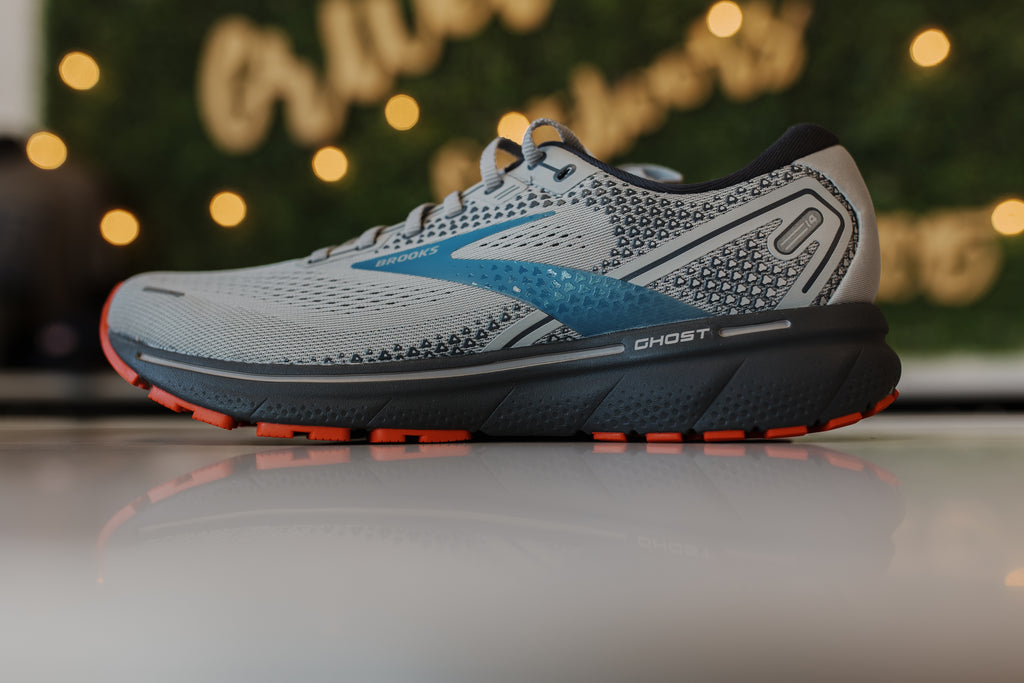Cushion Levels in Running Shoes (and Which is Best for You)

If you're in the market for new running shoes, one of the most important things you will have to consider to find the perfect pair is the amount of cushioning that it offers upon impact. Trust us on this, for a runner, it's one of the vital things that can affect your performance on the road or track.
Runners spend some of their run with both feet in the air, but there is also hard and fast contact with the surface when their feet come back down to the ground.
Most runners experience strain due to this impact, and it can lead to injuries like runner's knee or a sprained ankle. In some cases, these are injuries that could have been prevented or at least lessened with the use of the right shoes – with the best amount of cushioning to it.
Running shoes have a higher cushion level than walking shoes, and this is because of the level of impact that a runner's shoes are expected to take. To stop vibration from transferring through to the ankles and knees, your shoes have to be the ideal fit for your individual movements.
Here's what you should know about cushion levels, and why the right amount of padding can change everything about how you move when you run.
Why Cushion Levels are Important
What...?
Cushion level is an aspect of running shoe comfort that runners should always keep in mind. If you ignore it, then you're making yourself more prone to injury – and there's a larger chance that you could develop issues or discomfort later on, all because of your shoes.
Different shoes on the market are padded differently.
Some runners prefer a softer sole, while others require more bounce on impact to help their movements along.
The shoe is almost always up to the runner,
For Comfort
Cushioning isn't just for padding the feet as they come down to the ground during the run, but you'll notice the difference almost immediately after your run, too.
Comfort is pretty damn important.
Not just for the run, but for recovery from it.
When the cushioning provides better padding for your feet, you'll be in much less discomfort as a result of the right shoes.
Perfect shoes remove strain, not add any of it.
For Better Stability
Cushioning is about a lot more than just comfort, even though that's the first thing you will notice in the perfect pair of shoes. It's also about stability.
Stability is all about how the runner hits the ground, and an improperly balanced running shoe can throw you off – and even lead to veering off the track towards potential running injuries.
Match up with the right cushion levels, and you'll be so much more stable on the track or trail.
Available Cushion Levels
Ultra Light
Ultra Light cushioning adds the benefit of speed, and adds no extra weight to the feet – which can drag some runners down while they're in motion. If the soles of your feet still hurt after a run with Ultra Light cushioning, switch to the next level up.
Light Custom
Light Custom has a little more weight to it than Ultra Light, but it does not sacrifice anything in terms of the cushioning or comfort you'll feel. Again, if the soles of your feet aren't close to running on a cloud, switch to the next level up.
Max Cushion
The Max Cushion level is for anyone who has had previous injuries, or who can feel the strain in their ankles or heels but want to continue their running career. Sometimes, the Max Cushion is perfect for extra padding if you feel that nothing else on the market has done the trick.
Cushion
Didn't get the padding you wanted from the Max Cushion option? There's one more, and it's the option with the most bounce and softness – which can, for some runners, be their perfect shoe lining.
Conclusion: The Shoe Chooses the Runner
The level of padding that you prefer in your shoes depends on the runner, and sometimes on the terrain. Sometimes, runners will start on one type of shoe and later transition to another.
If you still aren't sure which shoe is your perfect fit, visit a specialized running store for a custom fitting experience that can match you up to the best shoe for your movement.
- Grivet Outdoors
Comments 0